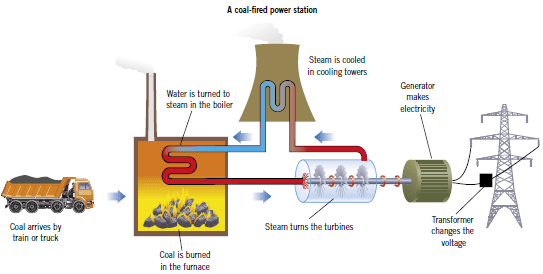Some more examples of energy sources are solar, which comes from the rays of the sun, Geothermal which comes from the earth's crust, We mainly concentrated on Kinetic and Potential energy.
I was clear that energy is never destroyed nor created but only changed from one form to the other and during this process usually heat is generated.
Potential energy is the energy possessed by a body because of its position relative to the ground, the more distance its lifted off the ground the more it gains potential energy. A question was asked whether electricity is energy or source of energy but the answer is electricity is non of both but only a catalyst which drives the energy {Electrons} to do or be used to do work like driving motors.
The facilitator cleared the fact that from power generation plants, a small current is driven by bigger potentials in Voltages to avoid trunks from overheating as there will be losses along the way due to factors like resistances of the cables due to length, but in domestic use, the voltages are lowered and the current used goes up a bit because here we need to heat up things like water quickly.
Electricity is generated from a number of sources including wind, solar, fossil fuels like coal and even hydro stations driven by water flow or steam as illustrated by the diagrams below.
.


Hydro power station.
Wind mills to generate electricity.

All types of electricity generations have their disadvantages of being expensive build and run and this makes coal to be the most common and cost effective way of producing electricity worldwide as per the pie chart below.

